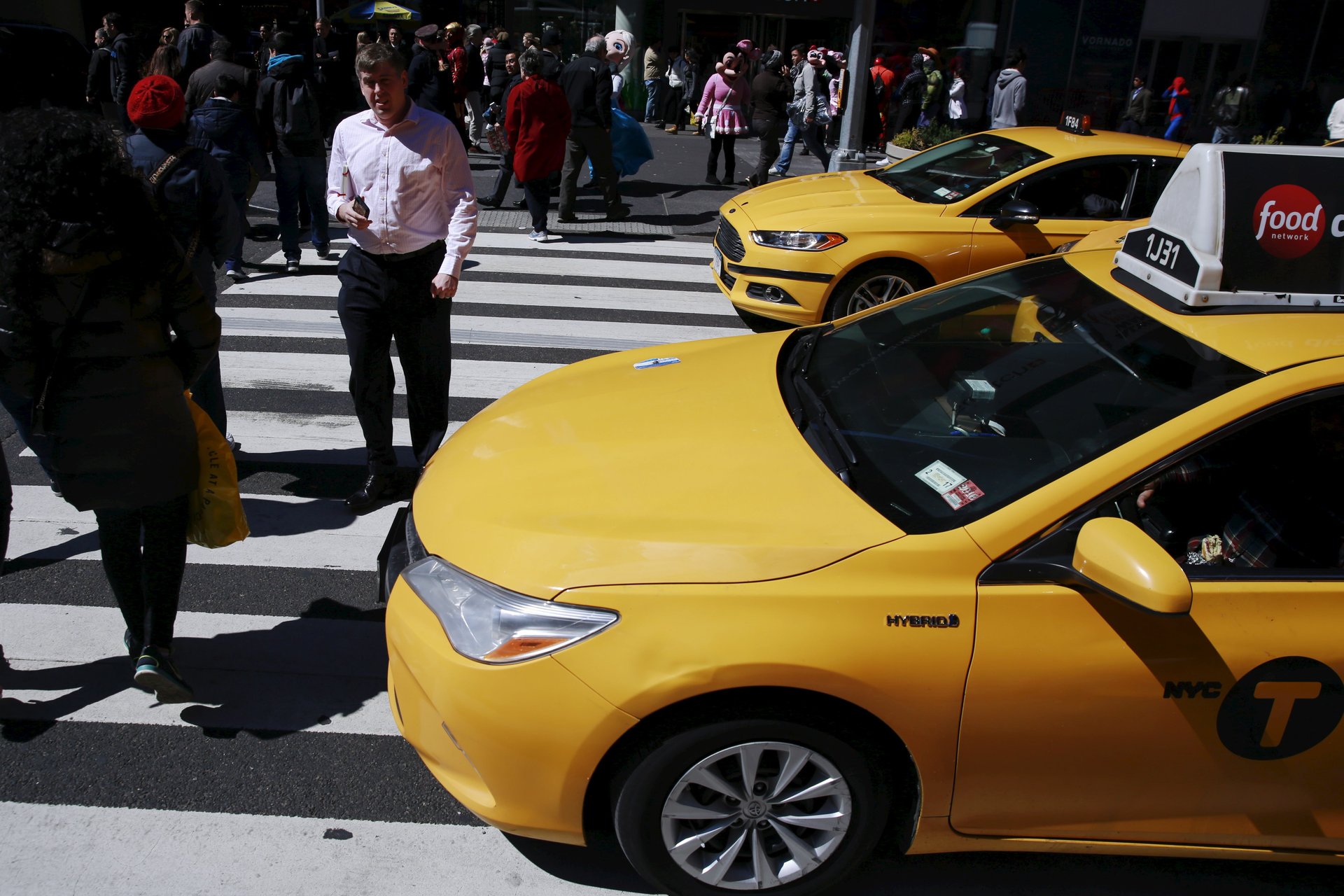The number of American taxi drivers has tripled in a decade
Uber and Lyft radically changed the landscape for the taxi industry, and in cities like New York contributed to the collapse of a bubble that left many drivers in financial ruin. But as an American occupation, the taxi driver is enjoying a renaissance.


Uber and Lyft radically changed the landscape for the taxi industry, and in cities like New York contributed to the collapse of a bubble that left many drivers in financial ruin. But as an American occupation, the taxi driver is enjoying a renaissance.
Over the past 10 years, the share of US adults who say their primary job is a taxi driver or chauffeur—a category that includes driving for ride-hail services like Uber and Lyft—has nearly tripled. Almost 0.3% of all Americans over 18 said they were taxi drivers in 2019, according to data from the Current Population Survey (CPS), a monthly survey on employment conducted by the US Bureau of Labor Statistics. Growth in the profession accelerated in 2014, the year Uber expanded from 66 to 266 cities around the world and transformed from a niche startup into a household name. As of last year, the trend showed no sign of slowing down.
The CPS data likely underestimates the true number of Americans who work as part- or full-time taxi drivers and chauffeurs. That’s because the CPS counts US adults who give this occupation as their primary job, while many people who drive for a service like Uber do it as a secondary gig. For context, a 2016 study by Uber and labor economist Alan Krueger found that more than half of drivers worked full time at another job, and 14% worked part time at another job. Lots of those people aren’t being captured by the CPS estimate.
The trends are still instructive, though. For instance, the CPS data shows that growth in taxi driving has been particularly robust in high- and medium-density cities (as defined by this list of weighted density for American metro areas). About 0.8% of Americans in high density cities were taxi drivers as of April 2019, more than double the national rate.
These density patterns make sense. Much of the growth in the taxi driver profession is likely attributable to ride-hailing, which tends to work best in dense urban areas where there are lots of potential riders within relatively short distances of one another. Uber says it books 24% of its rides revenue in five cities, including Los Angeles, New York City, and San Francisco in the US (the other two are London and São Paulo). One big question about ride-hail companies is whether they will ever find much success in less dense parts of the country, like suburbs and rural areas.
We broke out three cities from the CPS data: New York City (high density), Miami, Florida (medium), and Dallas, Texas (low).
The fastest growth among these three cities is in Miami, where the county capped the number of licensed taxicabs at 2,200 as recently as 2016. Uber took advantage of that pent-up demand, signing up more than 10,000 drivers in Miami-Dade county in just two years. Miami-Dade legalized ride hailing in May 2016. Two years later, a US appeals court ruled against Miami-Dade taxi owners fighting to defend their market position, saying they had “no right to block competition” from ride-hailing firms.
Similar to Miami, New York City caps the number of taxi licenses, currently at 13,587, and has experienced tremendous growth in professional drivers since Uber arrived and broke up the monopoly. More than 80,000 drivers now drive for the four largest non-taxi ride providers in the city—Uber, Lyft, Gett/Juno, and Via—nearly six times the number of licensed yellow cabs.